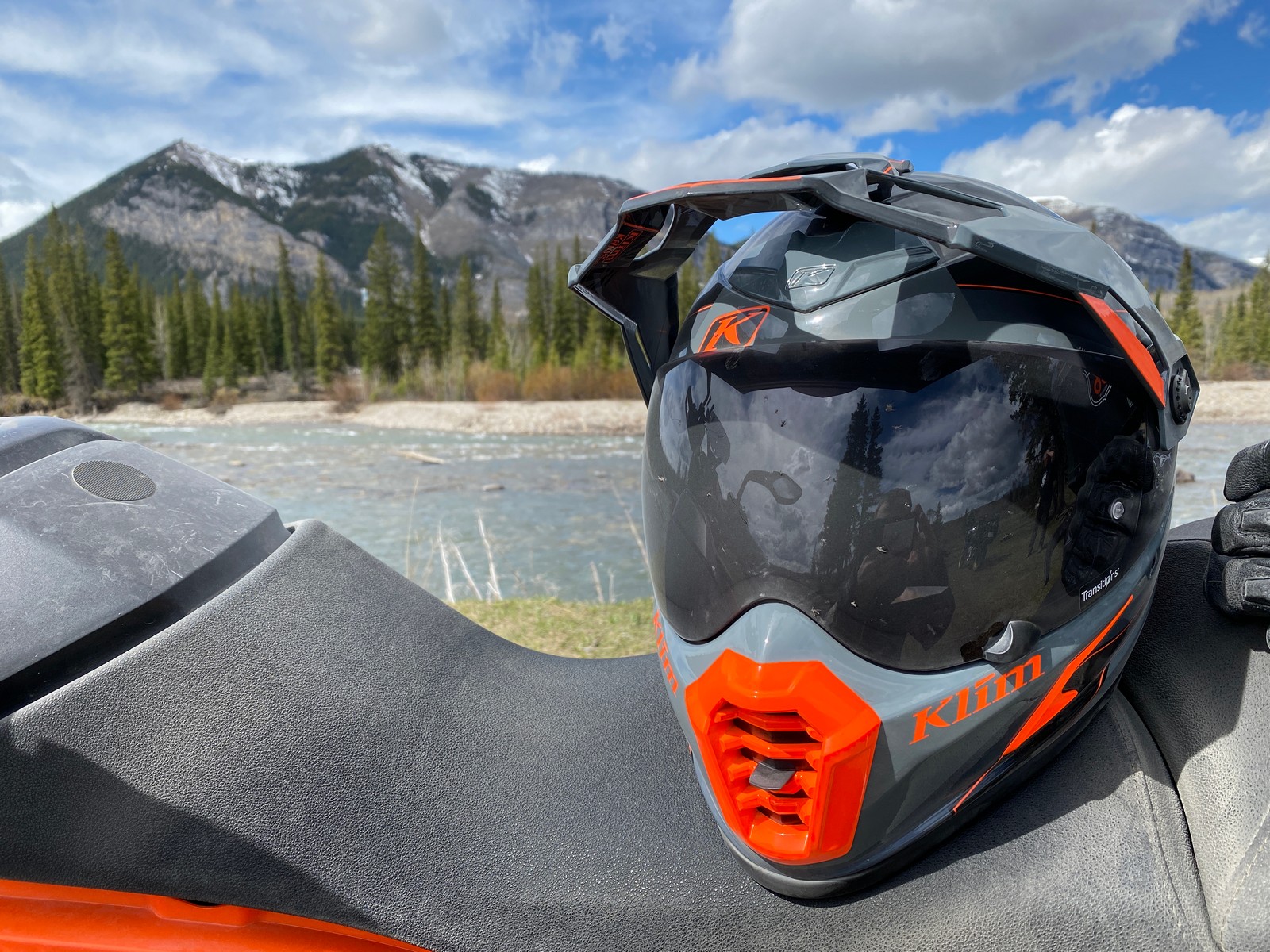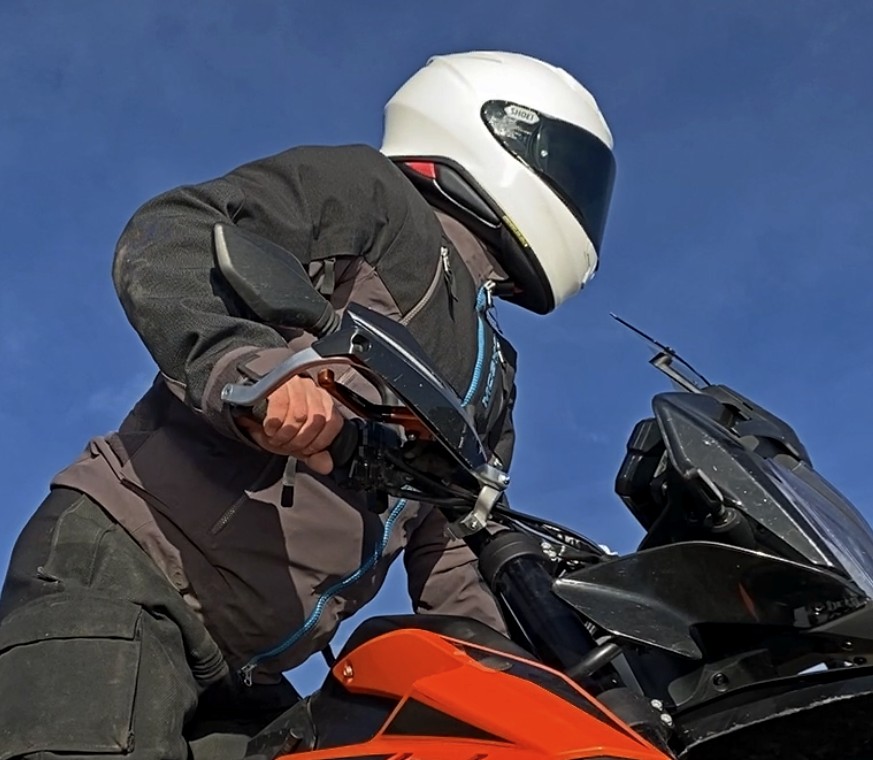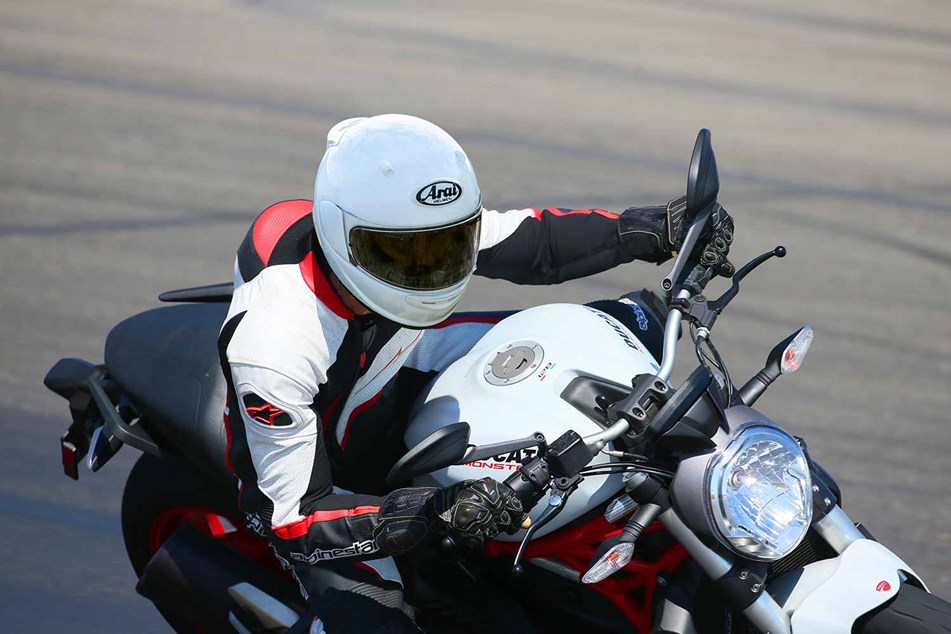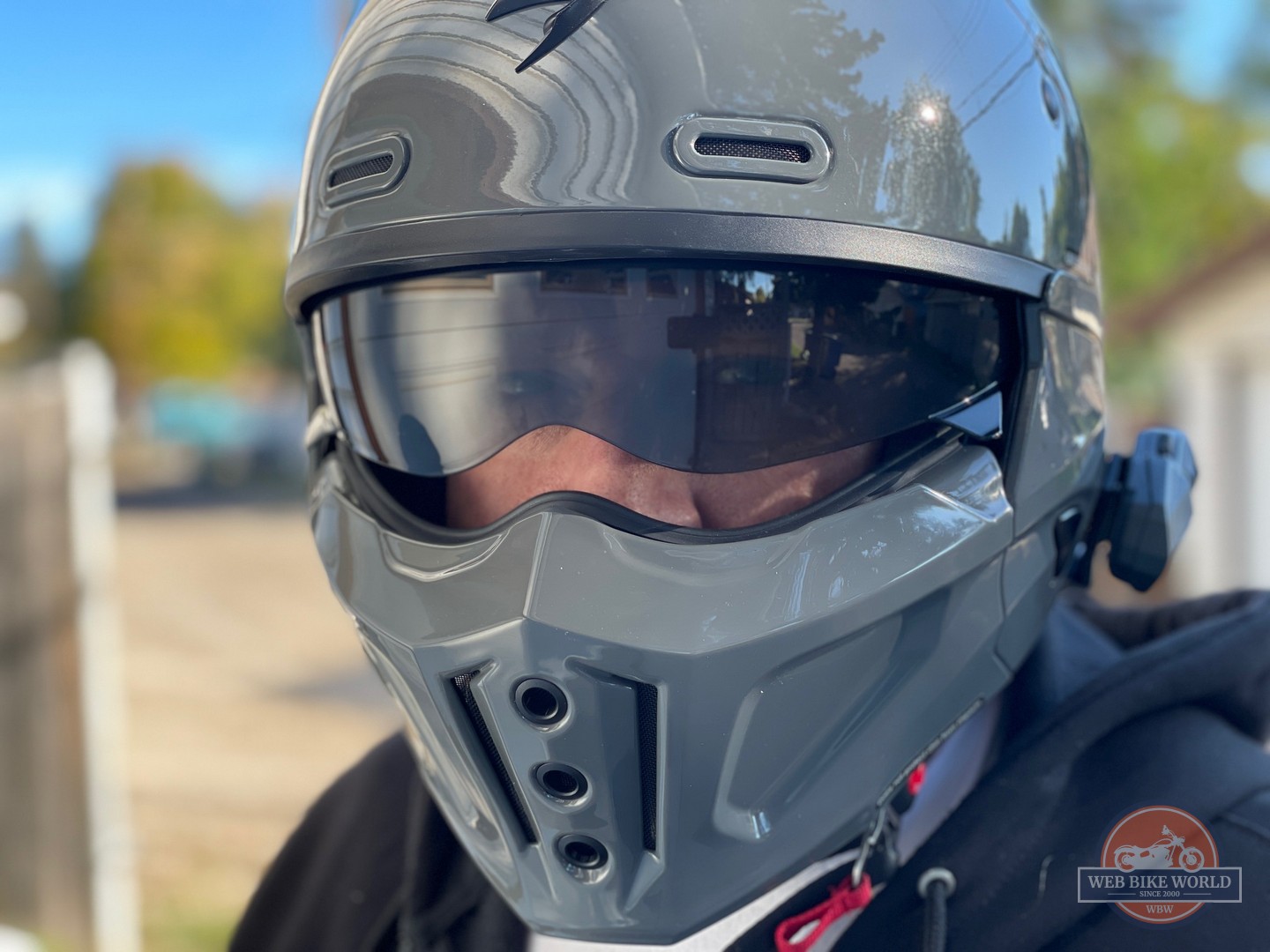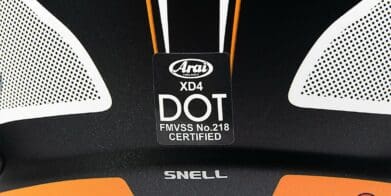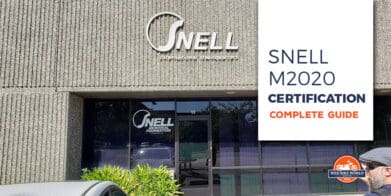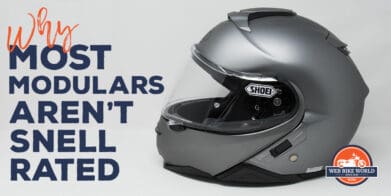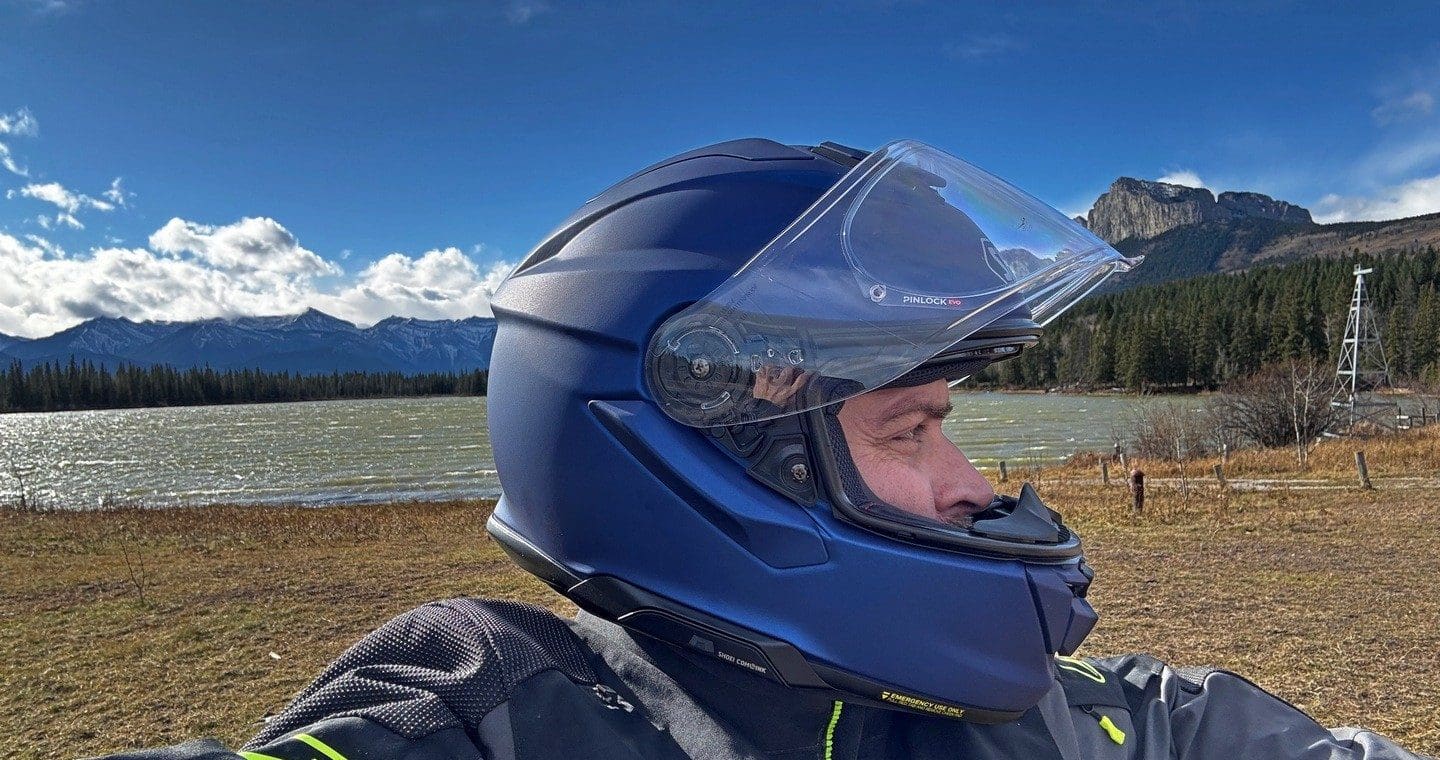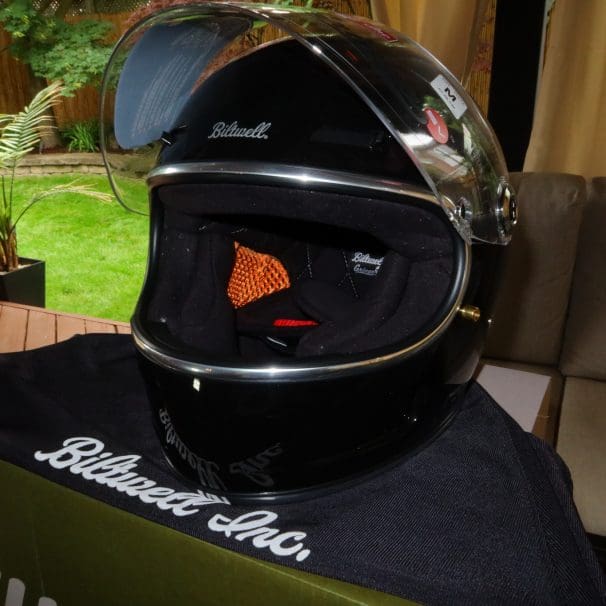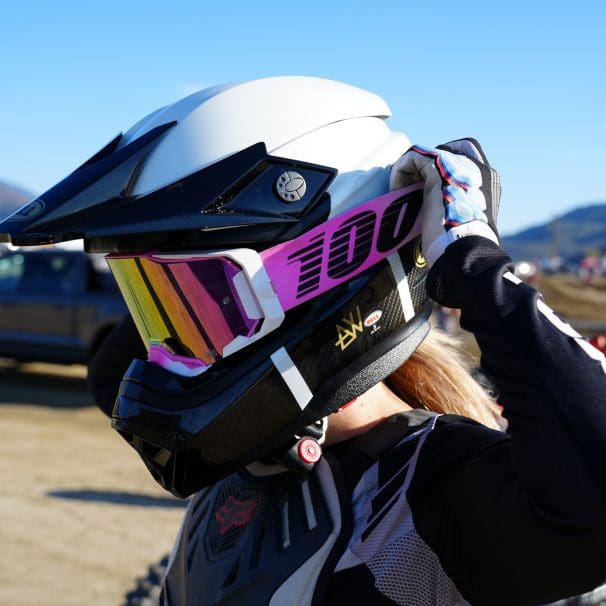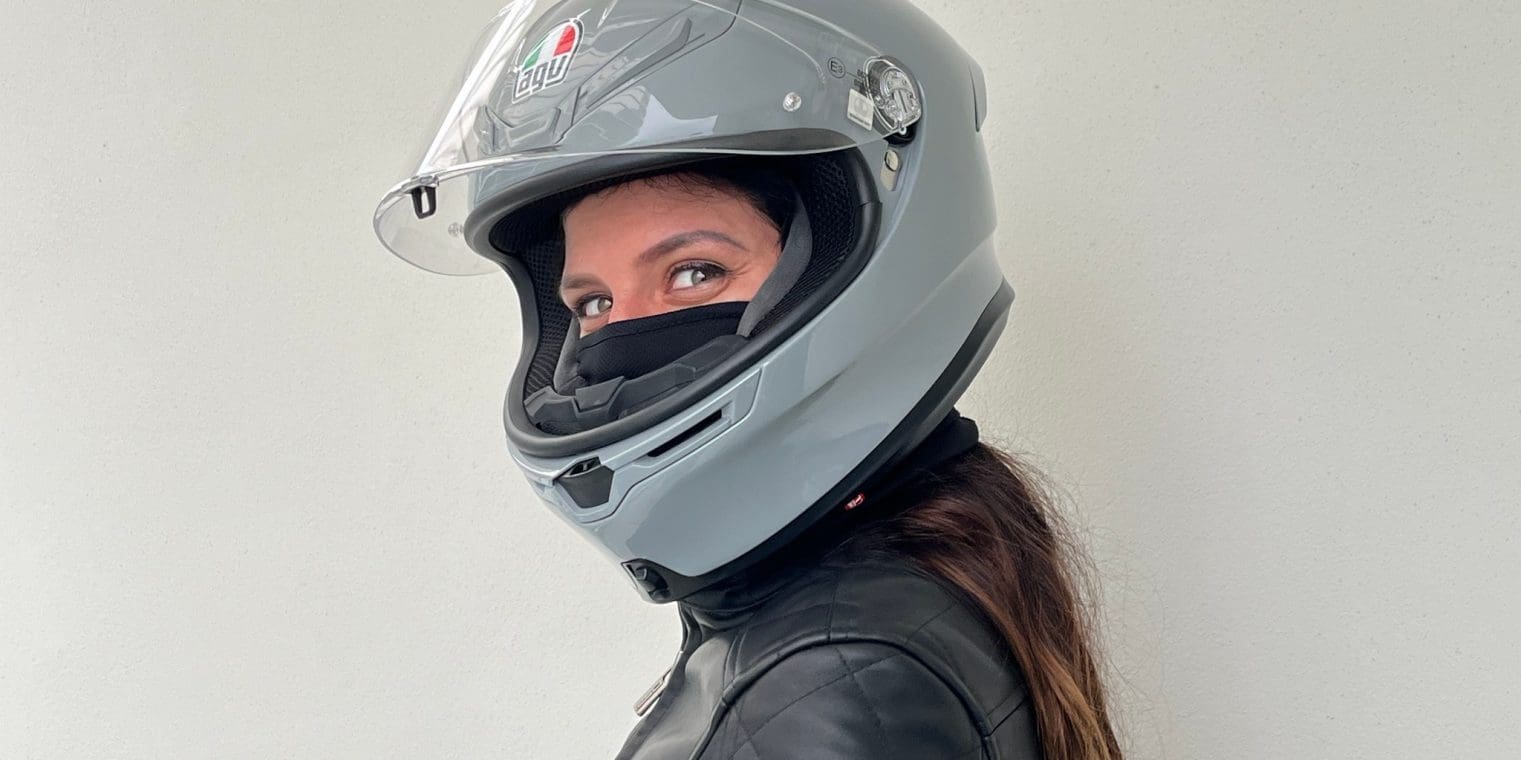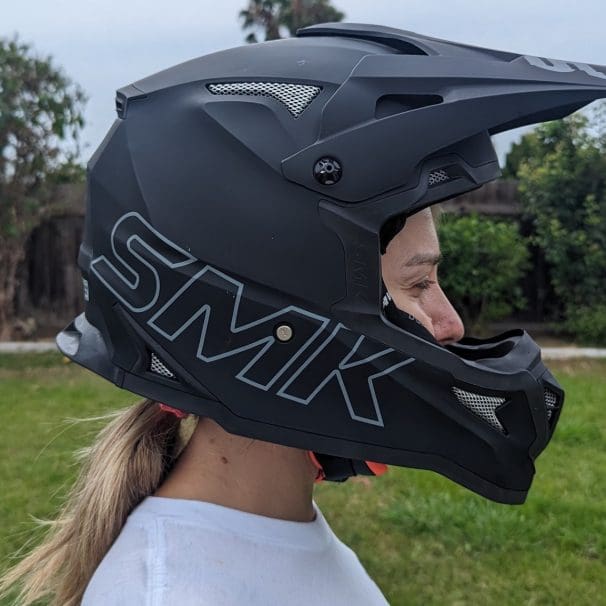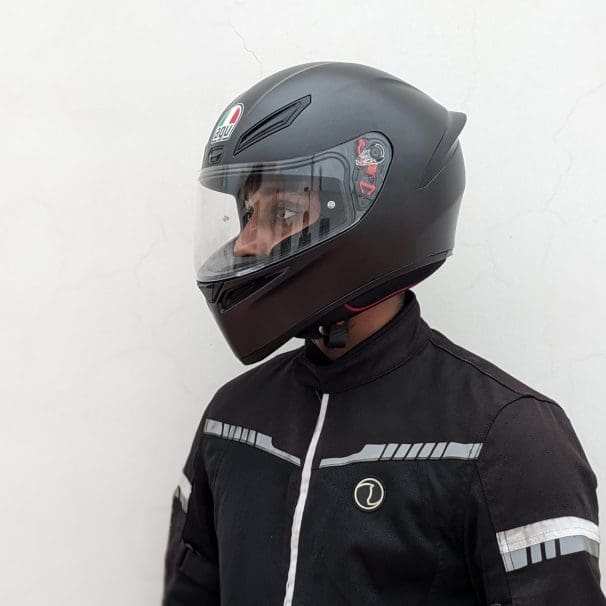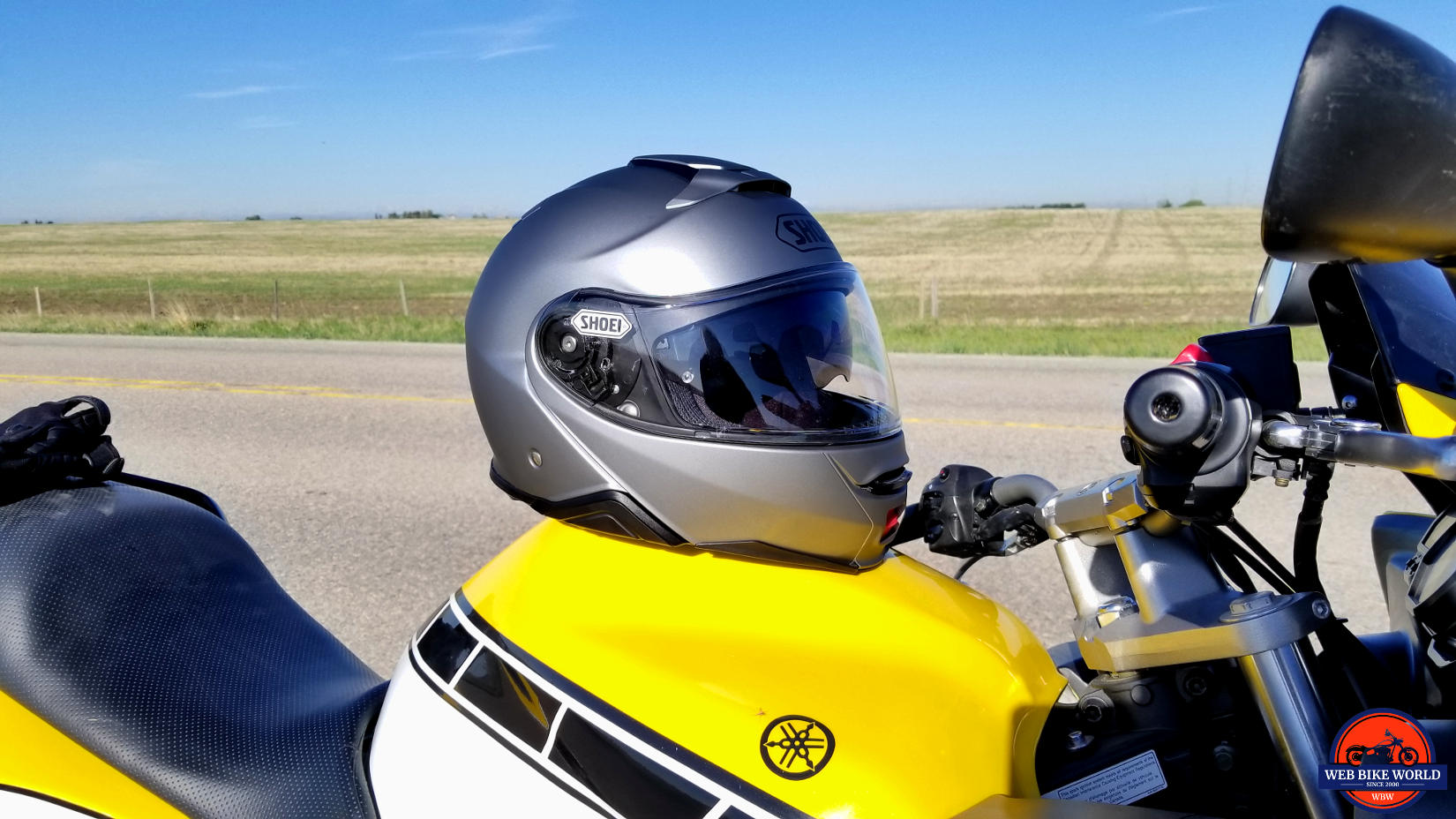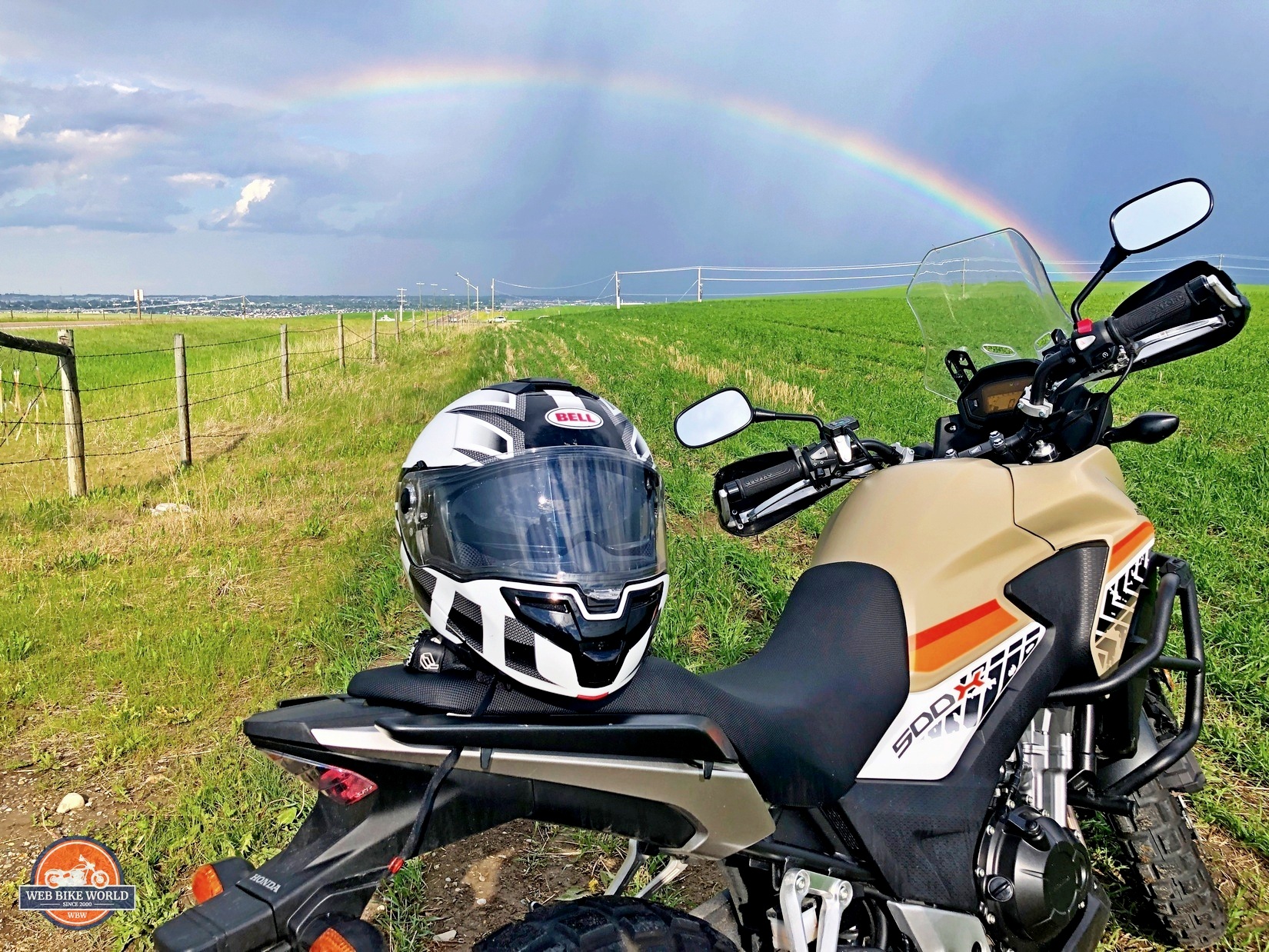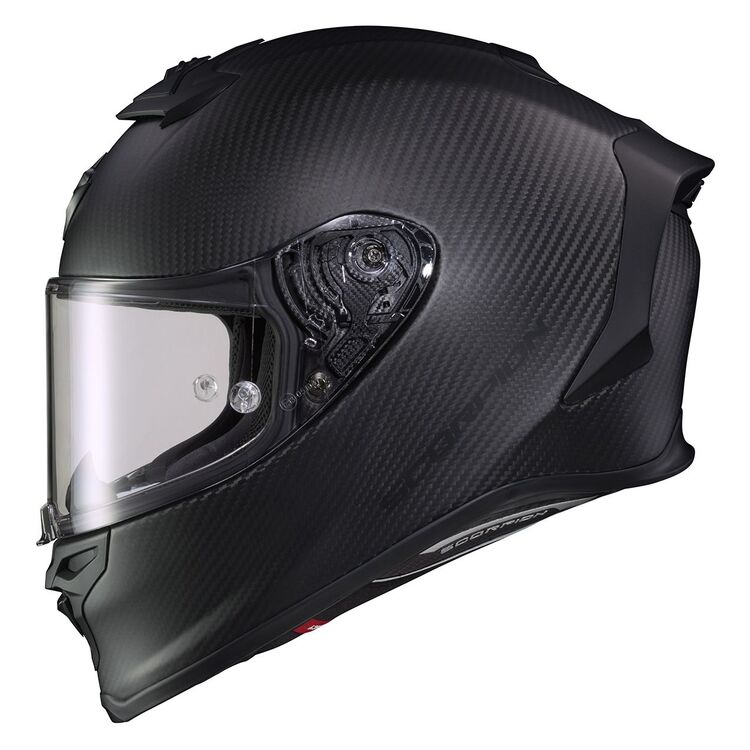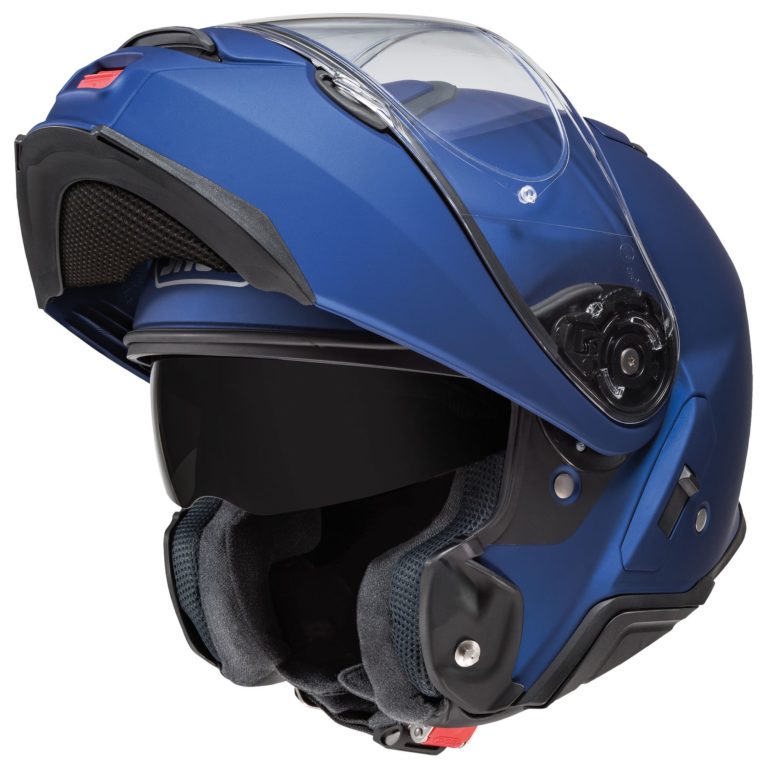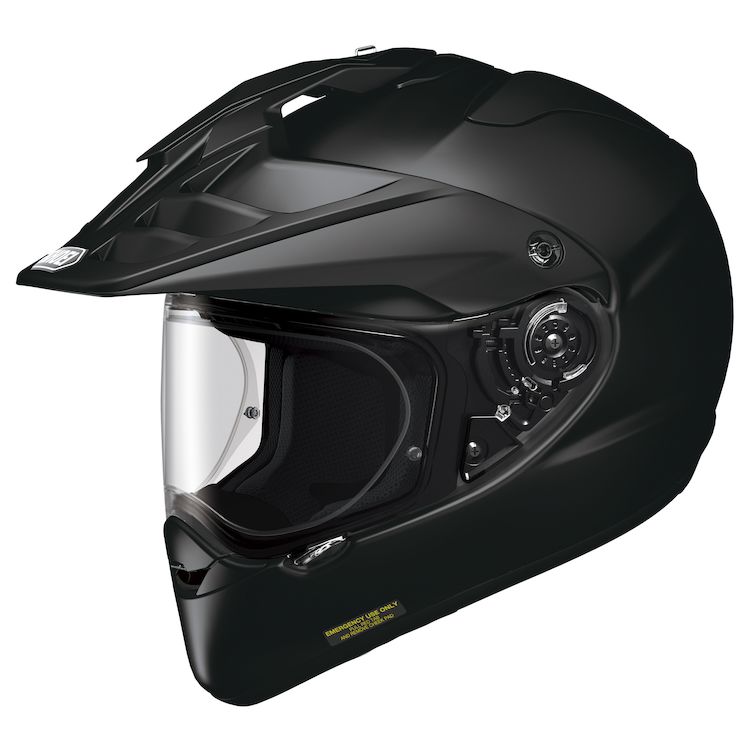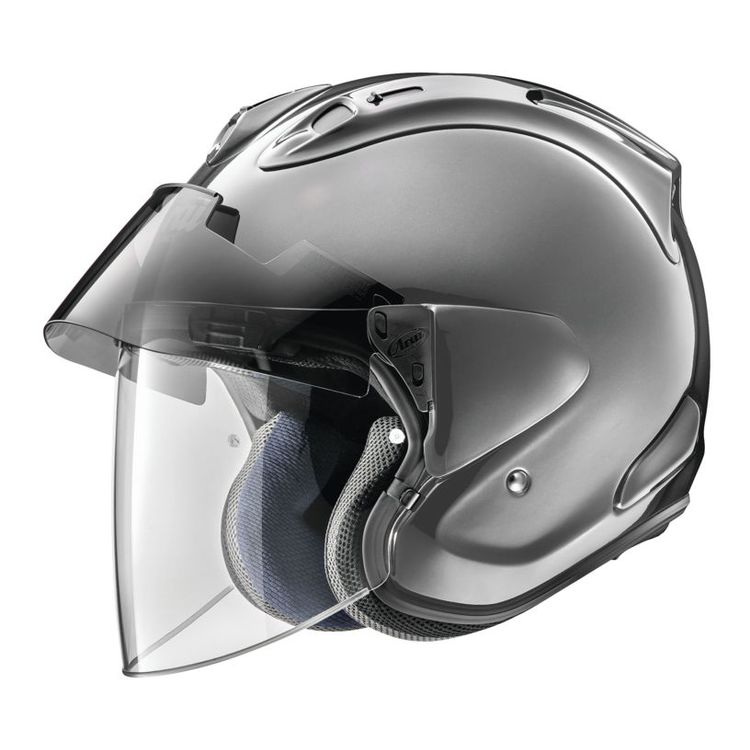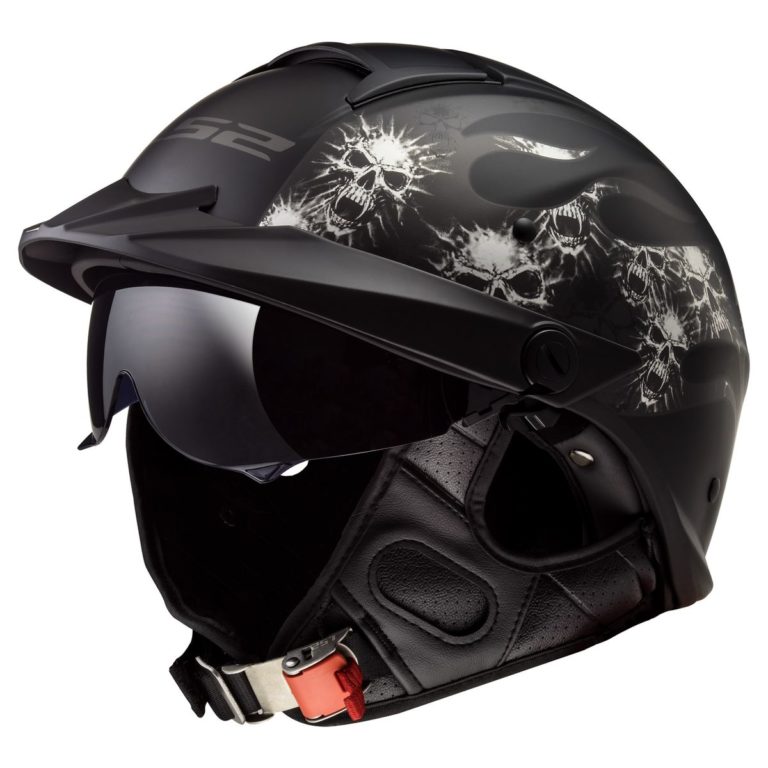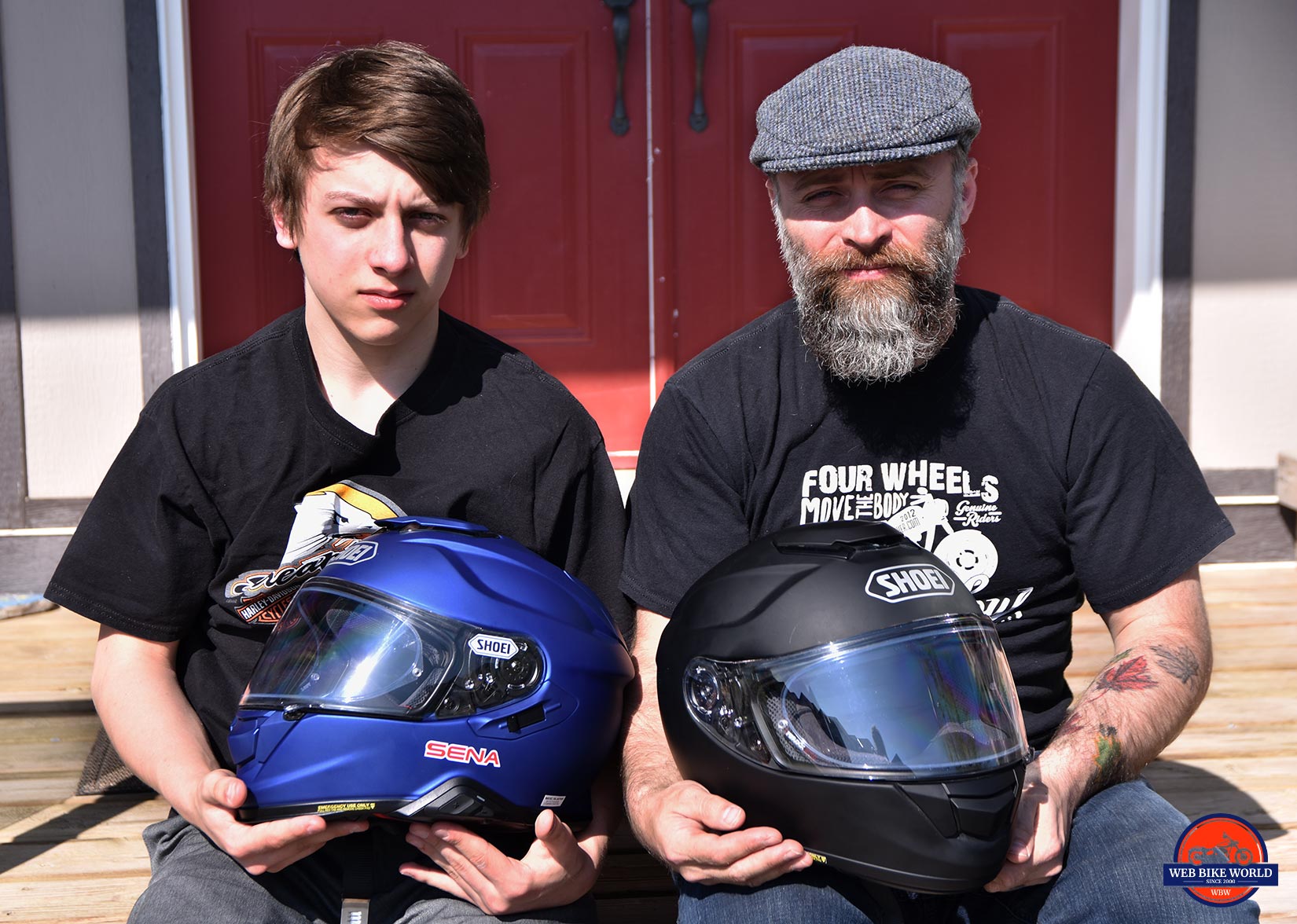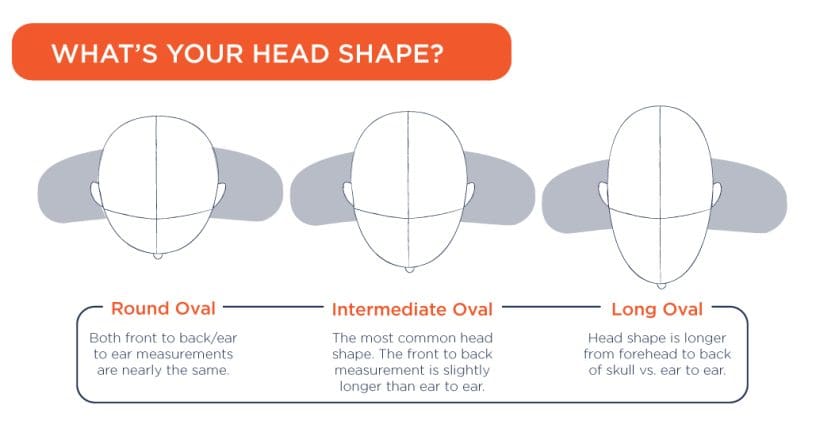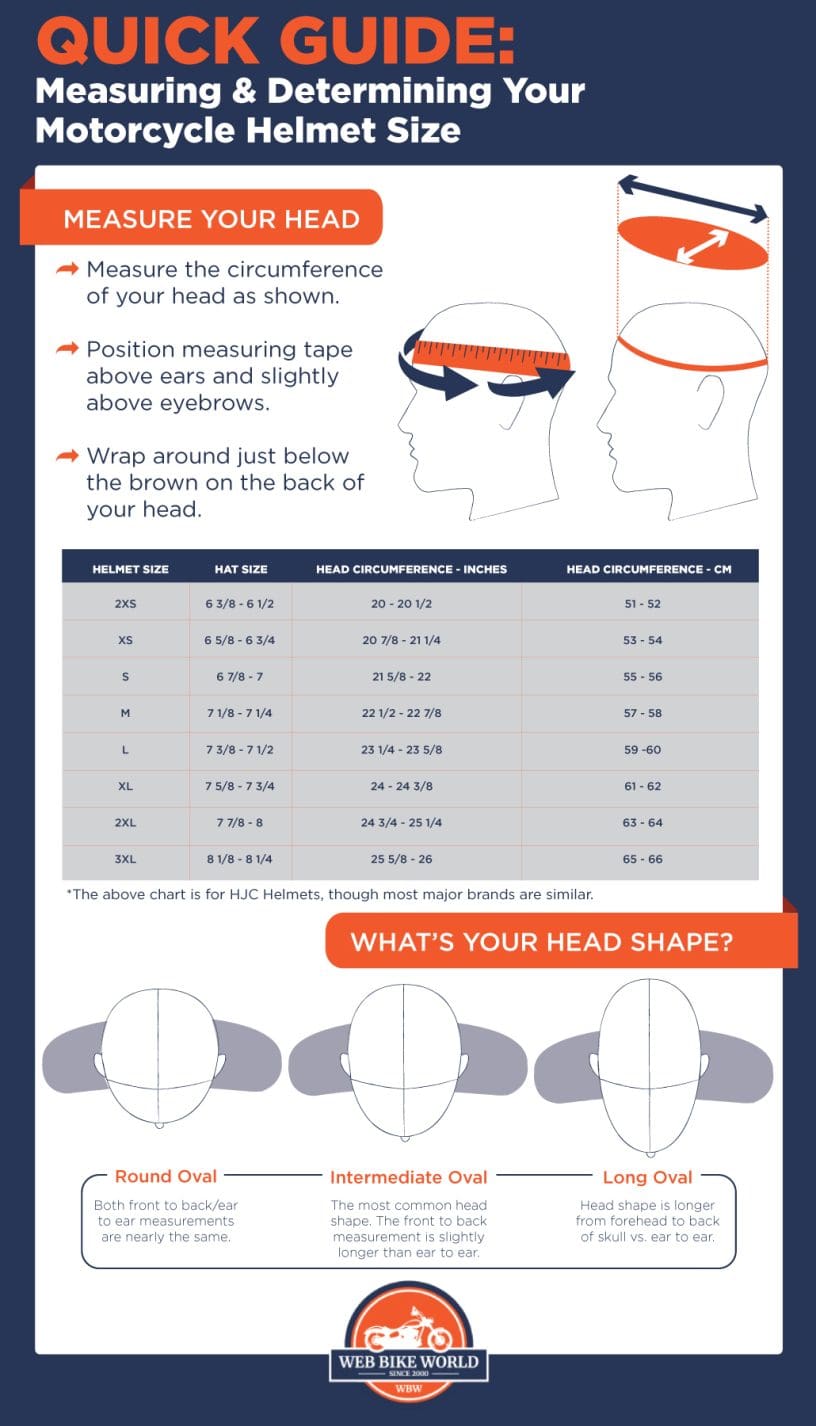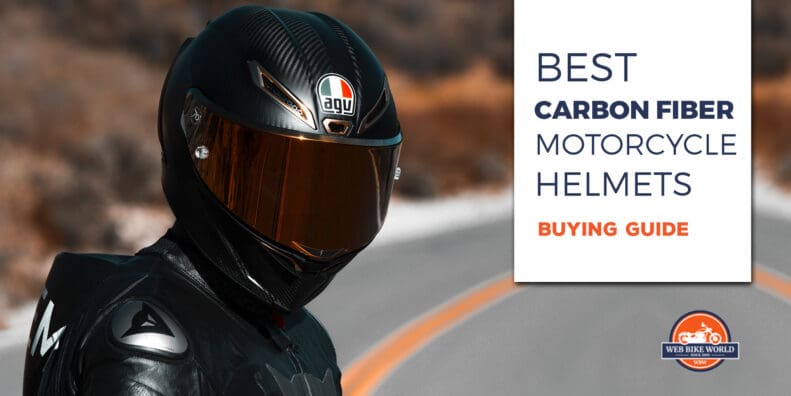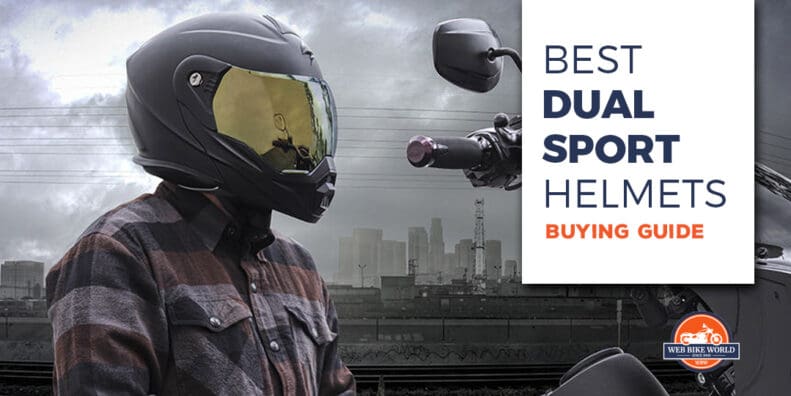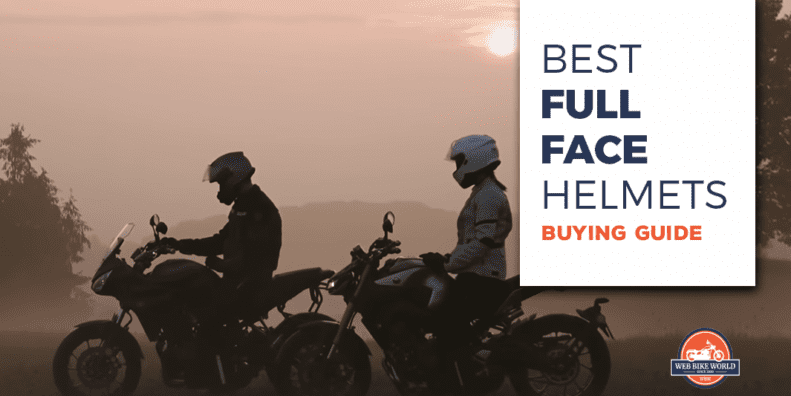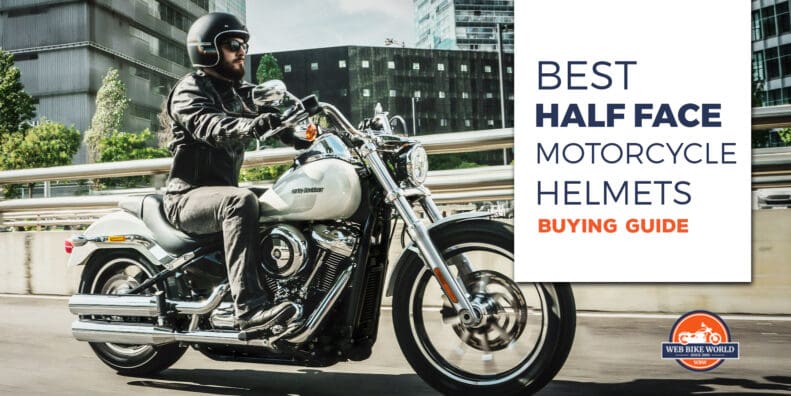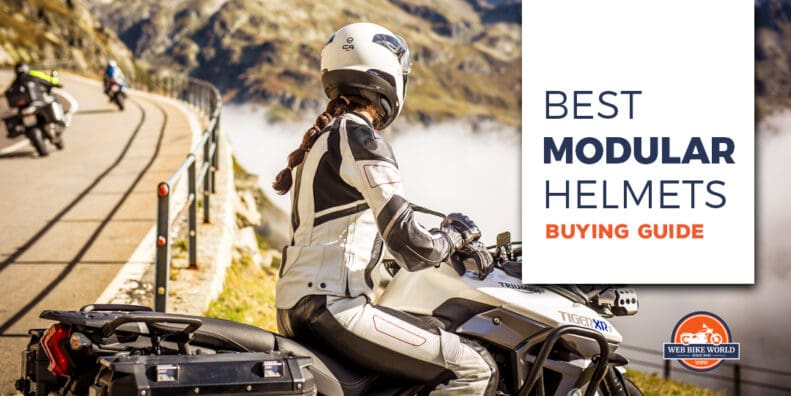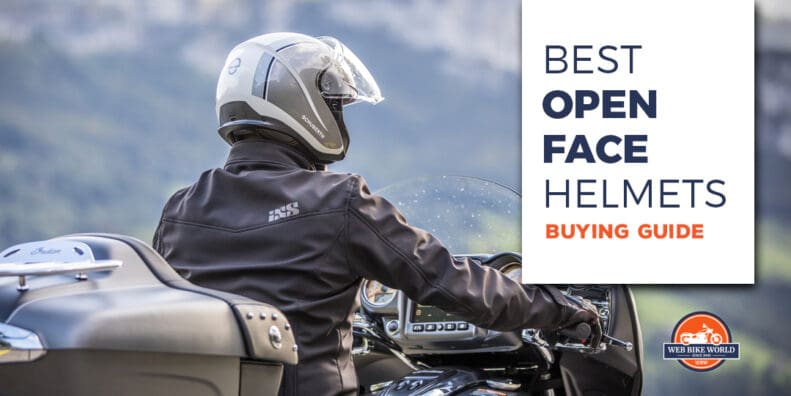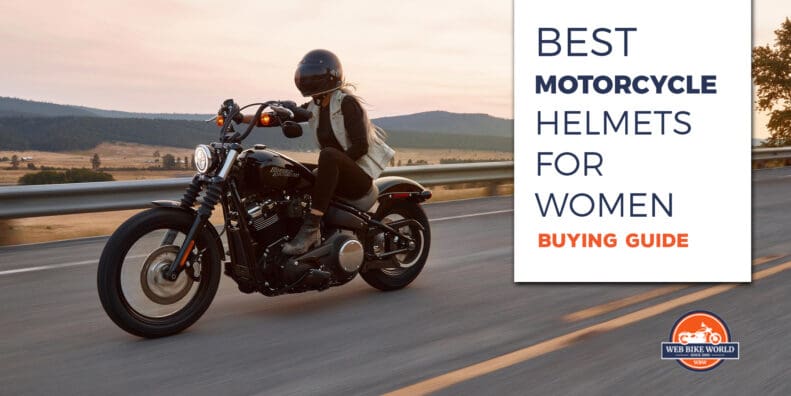Unsure What to Look for When Shopping For A New Helmet?
You're in the right place.
Our motorcycle helmet guide will help you find the right lid for your head shape, riding style, and budget.
Why We Created This Guide
Helmets protect your head from the elements and, as will happen from time to time, asphalt too. They’re a seemingly simple thing, but like all things touched by the march of progress, there’s much more to a good helmet than what meets the eye.
We have been reviewing motorcycle helmets for over 20 years and are the most reliable source of unbiased advice. When our team tests a helmet, we beat wear it, ride in it, and beat it up for up to six weeks to understand how it performs in the real world. Then we tell you what we think, the good and the bad, so you can make better buying decisions.
To create this motorcycle helmet buyers guide, we sat down and asked ourselves: what makes a helmet "good", what makes one "great", and what are the most important things to look for when buying a new helmet? Answering those questions and providing a list of recommendations took plenty of research, referencing, and collaboration. We connected with major brands, motorcycle experts and, of course, our comprehensive library of motorcycle helmet reviews.
Latest Motorcycle Helmet Reviews
Our trademark in-depth helmet reviews. See all our helmet reviews.
Helmet Brands
Most riders don’t realize just how many motorcycle helmet brands exist. Over the years we have reviewed at least one helmet from every major brand we know of. The below list does not include every helmet we’ve reviewed for each brand so dive deeper if you want to see more.
What Does a Helmet Do, Anyway?
Hype and fancy integrations aside, a helmet's primary job is protecting your head.
The first thing to buy when you’re planning on riding a motorcycle for the first time is your helmet. At least, that’s what you do if you’re smart.
A helmet will do more than protect your noggin (though a good helmet will do a good job of that). It will also protect you from wind, rain, snow, road debris, and noise pollution; prevent you from getting ear aches; heck, modern helmets stream music, GPS, and smartphone integration.
At its most basic, a helmet is essentially three components: a hard outer layer (called the shell), a soft inner layer (usually made of expanded polystyrene or polypropylene), and some kind of mechanism to keep the whole thing strapped to your head.
Most modern helmets made today provide superior protection compared to helmets from 10+ years ago. Many advancements have occurred in recent years that have made helmets lighter, safer, and more feature-rich. Advanced materials, such as carbon fiber, improved face shield optics, and new safety mechanisms (such as MIPS, multidirectional impact protection system) that take full advantage of computer-assisted design, provide wearers with more convenience, comfort, and protection than ever.
What to Consider When Shopping Helmets
Price
While price shouldn’t be the primary factor that dictates your helmet purchase, it’s rare that we are afforded the luxury of shopping unrestricted by budget.
The price of a helmet is influenced by several things, such as the materials used, technology integrated, certifications, and brand. There are some other intangibles as well; Arai helmets, for example, are all handmade and their premium over segment-comparable helmets reflects that.
Entry-Level Helmets
If you’re just getting into riding, budget $300 for your helmet. You don't have to spend $300 to get a good helmet, but you will find great helmets in and around that price point.
Price points climb when you get into more highly-engineered/specc'd out helmets, helmets made with advanced materials (such as carbon fiber), or helmets that come with a lot of integrated technology. A racing helmet made of carbon fiber, while being much lighter than a traditional helmet, will have a price tag to match the "exotic" materials used.
Mid Range & Premium Helmets
$500 - $750 gets you into premium helmet territory, where helmets offer great sound management, airflow, comfort, and protection. You will find excellent helmets here with built-in functions, including photochromic visors, integrated intercoms, integrated sun visors, and more.
Once you're into the four-figure territory, you're looking at the best of what you can buy right now. Handmade, made with carbon fiber, application-specific, limited colorways, etc.
We recommend that you avoid purchasing a high-end helmet until you've gotten a better sense of how you like to ride and what style of helmet you like. If you're just getting into riding, investing in expensive gear and losing interest is frustrating. And really, the difference between a $500 helmet and a $1,000 one is not twice as good or twice the helmet.
A good rule of thumb to follow is to spend enough to protect your head, but not so much that you need to pull back from other gear.
Safety
The first and foremost purpose of your helmet is to protect your head in the event of an accident. If there is one area that you should not compromise on, it’s safety. You want a quality helmet that will provide you with the protection you need.
At a minimum, your helmet must pass local regulations. In North America, that’s the DOT – Department of Transportation. In the EU, it’s ECE – Economic Commission for Europe. Helmets that have DOT/ECE approval are safe and road legal. However, if you want to ensure your helmet provides maximum protection, you will also want to look for SNELL or SHARP certification.
Note szmost DOT or ECE-approved helmets are not actually tested prior to certification. The helmets are built to specific standards outlined by DOT or ECE, but are not actually required to be tested to prove their compliance.
If you want proof in the pudding, you need to look at third-party helmet safety standards.
Third-Party Helmet Standards & Testing Programs
SNELL is a non-profit, independent organization that is more thorough and rigorous in its testing compared to DOT standards. Helmets that receive SNELL certification have proven themselves to withstand impact and fit tests; however, SNELL certification often adds somewhat to the price of a helmet.
SHARP is a British government helmet safety program that hands-on tests and evaluates helmet impact resistance and other aspects of rider protection.
See also: the differences between DOT, ECE, and SNELL.
Fit & Safety
Fit is one of the most important aspects of how equipped your helmet is to protect you. A helmet that fits poorly may fall off in an impact or compromise its ability to transfer forces effectively.
To be clear, a DOT/ECE approved helmet that fits well is a safe helmet to wear and ride in. A guide to helmet fit is a bit further down in this page!
Fit & Comfort
How a helmet fits is critical for its ability to protect you. A helmet that fits well not only provides maximum protection for its wearer, but also allows for a more enjoyable ride. You’ll be amazed and how long you can hit the back roads with a great-fitting helmet.
What Influences How Well a Helmet Fits?
Size – If you’re unsure of how to determine your size, go here.
Materials – Foam comes in many different densities, as do most materials used a helmet/helmet-liner.
Your head shape – Let’s face it: we don’t all have the same head shape. Some helmets work better with certain shapes. We discuss this further below.
Customization – Many helmets come with pads/inserts/removable sections that can greatly alter how a helmet fits.
Weight – Riders should place more emphasis on the weight of their helmet. The lighter the helmet, the less energy it transfers upon impact. Plus, a lightweight helmet is much more enjoyable and comfortable to wear for long periods.
We consider helmets that weigh under 3.25 lbs / 1.47 kg "light", 3.25 - 4lbs / 1.47 - 1.8 kg "average", over 4 lbs / 1.8 kg to be "heavy".
See also: helmet size chart.
Type
Helmets come in many shapes and sizes, categorized by their defining style or use. We break down the differences between the helmet types in way more detail below.
Common Motorcycle Helmet Types
Full face – This type of helmet provides the most protection. As its name implies, it covers most (if not all) of your face.
Open face – This type of helmet does not have a chin guard, leaving the face exposed.
Modular – A combination between an open and full face helmet, a modular helmet allows you to remove or flip up the lower section of the helmet.
Off-road / motocross – These helmets typically feature sun visors, extra chin protection, and additional venting. However, many also come without a visor and can be worn with goggles.
Half – Offering the least protection compared to other helmet types, a half helmet covers the top portion of the head and leaves the rest exposed.
Dual-sport – Dual-sport helmets can be worn on or off-road. Many feature integrated sun visors, removable face shields, and other features that make switching them up between on and off-road riding easy.
Full-Face Helmets
The best all-around helmet type you can buy. A full-face is always an appropriate helmet to wear.
Strengths
Maximum protection from wind, bugs, and road debris
Quieter than other helmet types
Needed for on-track racing
More bang for your buck compared to modular helmets
Cons
Not as open as other helmet types
Not as easy to doff/don as a modular or open face helmet
More
Modular (Flip-Up) Helmets
Riders that want the convenience that comes with an open face helmet, but also want the protection and comfort offered by a full-face.
Strengths
Many of the same safety and hazard protections that come with a full-face helmet
Flip-up the chinbar for that open road feeling
Available at a variety of price points
Cons
Hinge mechanism introduces additional weight and complexity
While safer than open face or half helmets, the chinbar isn't as securely attached as a full-face helmet and it isn't as safe as one either.
Can be more expensive than full-face helmets for comparablef eatures
More
Dual-Sport Helmets
Riders that intend to spend equal amounts of time on and off-road. If you’re riding a dual-sport bike, a dual-sport helmet is likely a great match .
Strengths
Lighter than comparable full-face or modular helmets
Visor is often removable, making the helmet suitable for wearing with goggles
Many come with sun-peaks
Excellent airflow/venting
Cons
Not quite a full-face, and not quite an open-face helmet either...
Removing visors from some can be finnicky
More
Open-Face Helmets
If your riding is spent behind a large windscreen or on a machine with fairings, you'll love an open-face helmet. Lacking a chinbar, open-face lids don't offer as much protection as full-face or modular helmets do, but their airflow can't be topped!
Strengths
Lightweight compred to other helmet types
Generally more affordable
Excellent airflow/venting
Cons
Not as protective as helmets with a chinbar
Not all open-face lids come with a visor
More
Half Helmets
If you want the wind against your face while you ride, a half helmet is perfect for you. They allow you to really enjoy that open-road feeling and the freedom associated of riding your machine.
As good as a half helmet is at making you feel free and connected to the road, it is also the least protective type of helmet out there.
Strengths
Generally the lightest lids out there
Comfortable and with excellent airflow
Easier to way for long rides
Cons
The least protection of any helmet (your face and the side of your head is more or less unprotected)
A Properly Fitting Helmet Provides Superior Protection
(& Feels Better to Wear)
One of the most common questions new riders ask when buying a new helmet is “what makes a helmet comfortable to wear?”. This is a good question because the answer is very personalized; there is no “one-size-fits-all” approach to helmets. There are two reasons for this: your head shape and the helmet liner.
In order for a helmet to provide maximum protection, it is essential that it fits you properly. This means a snug, secure fit that provides maximum coverage in the event of a crash.
The ideal helmet will be both secure and comfortable. In order to accomplish this, it’s important that you choose the appropriate helmet for your head shape.
Why Your Head Shape Matters
Your head shape, along with your jawline, plays a significant factor in helmet comfort. While everyone’s head is shaped a little differently, there are roughly three predominant shapes:
Long Oval – Head shape is longer from forehead to back of skull vs. ear to ear.
Intermediate Oval – The most common head shape. The front-to-back measurement is slightly longer than ear-to-ear.
Round Oval – Both front-to-back/ear-to-ear measurements are nearly the same.
This doesn’t mean that there will be a helmet for each head shape; in fact, motorcycle helmet manufacturers seem to have been converging towards a “neutral” intermediate oval over the last few years.
Determining Your Head Shape & Helmet Size
Helmet Interior & Helmet Liner
This is a multifactorial element to consider: the material that makes up the motorcycle helmet’s liner should feel comfortable against the skin; the internal padding of the helmet should act as a comfortable cushion between the head and the helmet internals; the liner shape should perfectly match your head shape. The perfect helmet would be so comfortable that the rider would forget that it’s there.
Most helmets allow for their liners to be removed and washed, which you should do periodically (when it smells, it's time for a wash).


